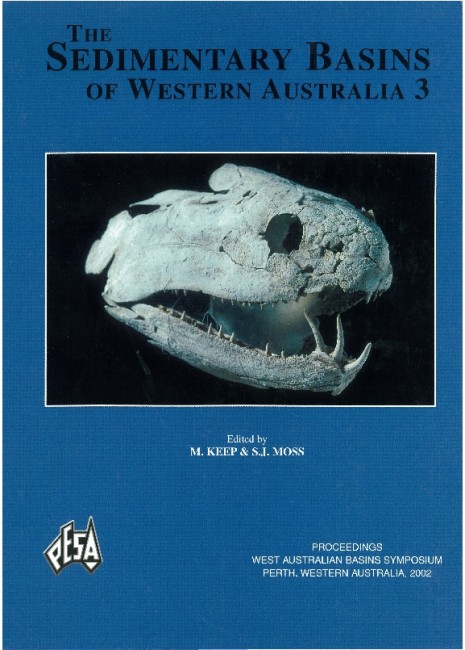Publication Name: The Sedimentary Basins of WA
Authors: C.M. Gibson-Poole, S.C. Lang, J.E. Streit, G.M. Kraishan & R.R. Hillis
Publication Volume: 3
Date Published: December 2002
Number of Pages: 42
Reference Type: Book Section
Abstract:
Assessing the suitability of a sedimentary basin for C02 sequestration requires detailed geological and geophysical studies. An example is presented from the Mesozoic succession of the Petrel Snb-basin. Two stratigraphic intervals were investigated as potential Environmentally Sustainable Sites for C02 Injection (ESSCI): the Plover ESSCI (Plover and Elang formations, sealed by the Frigate Formation) and the Sandpiper ESSCI (Sandpiper Sandstone, sealed by the Bathurst Island Group). The Plover ESSCI reservoirs are laterally extensive, fluvial to deltaic sand bodies that are likely to have an excellent degree of interconnectivity. The Sandpiper ESSCIreservoirs are predominandy shoreface sand bodies, in which the interconnectivity depends on the degree of
shoreface attachment, but is thought to be moderate to excellent. Reservoir quality, as indicated by detailed
petrology, is considered to be good. The Bathurst Island Group regional seal has good to excellent seal potential,
with the capability to withhold an average C02 column height of 400 m. A geomechanical assessment indicates
that the orientation of W-WNW; NNW-NNE and NE-trending faults near the basin margin would permit their
reactivation within the inferred stress regime. However, most of these faults occur outside the potential C02
containment area. The potential C02 storage capacity is vast, in the order of several thousand Megatonnes (IOOs of TCF) of C02. This study illustrates how basin-scale geological sequestration may provide a technical solution
to the problem of reducing greenhouse gas emissions.


